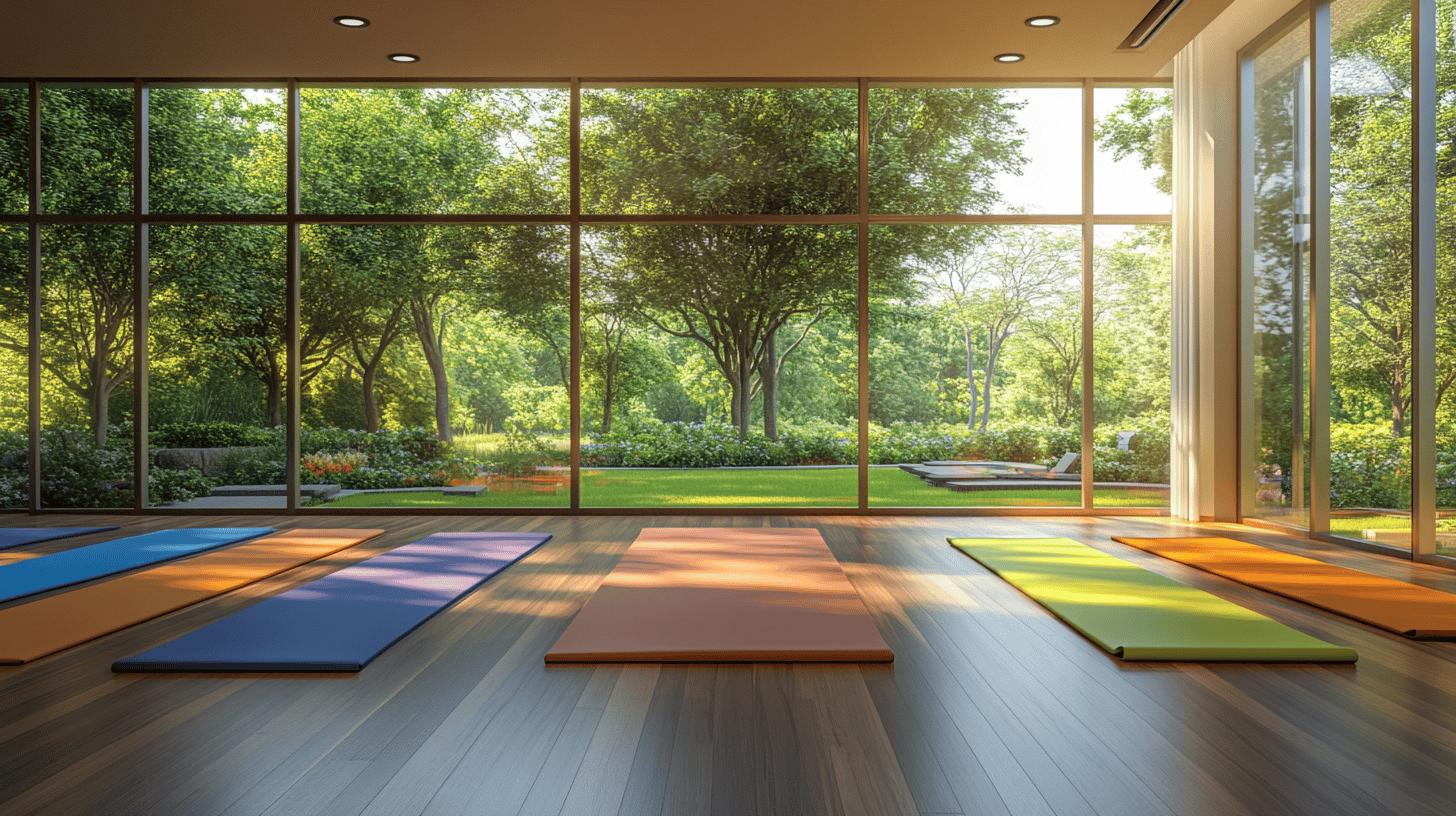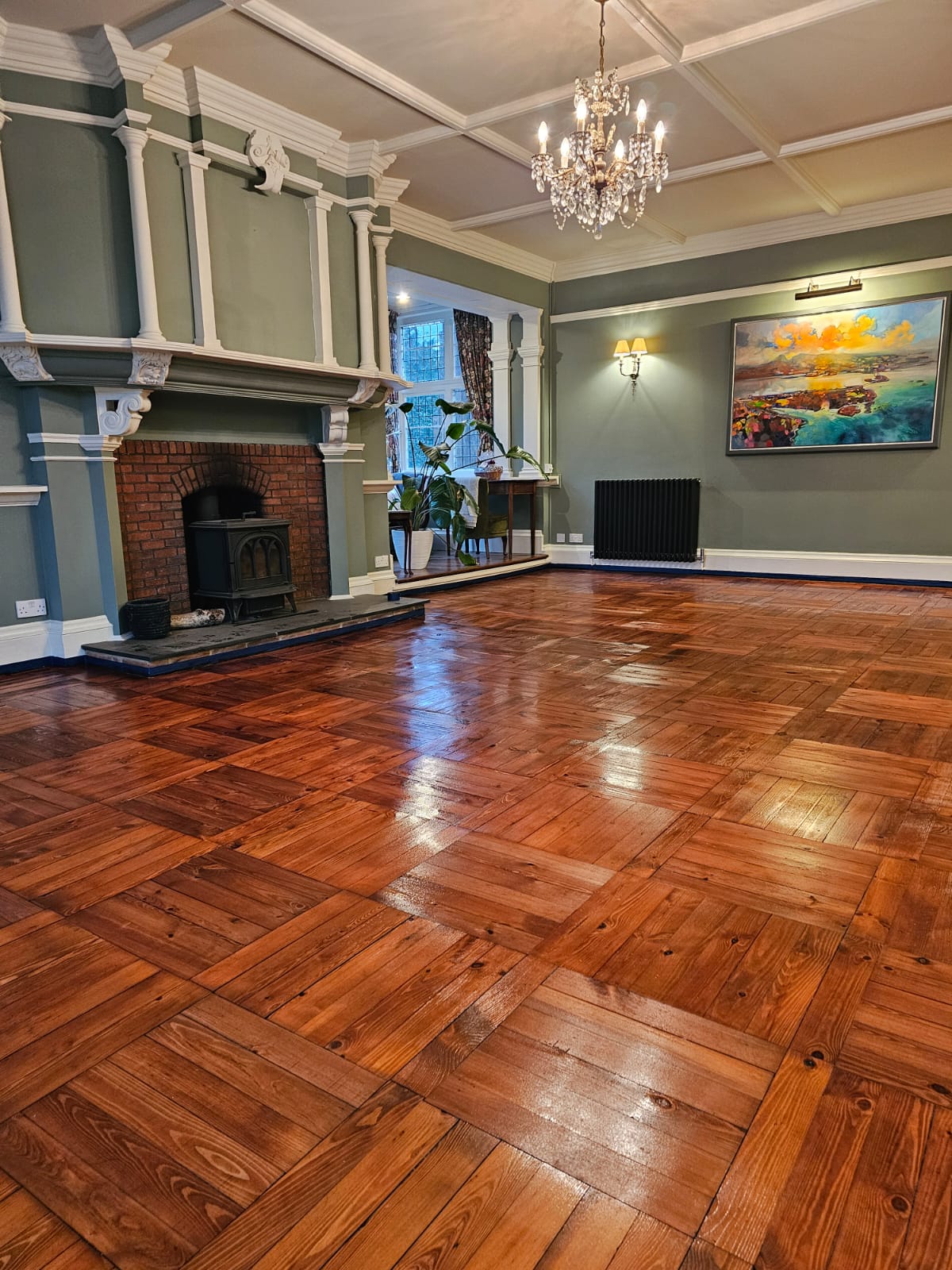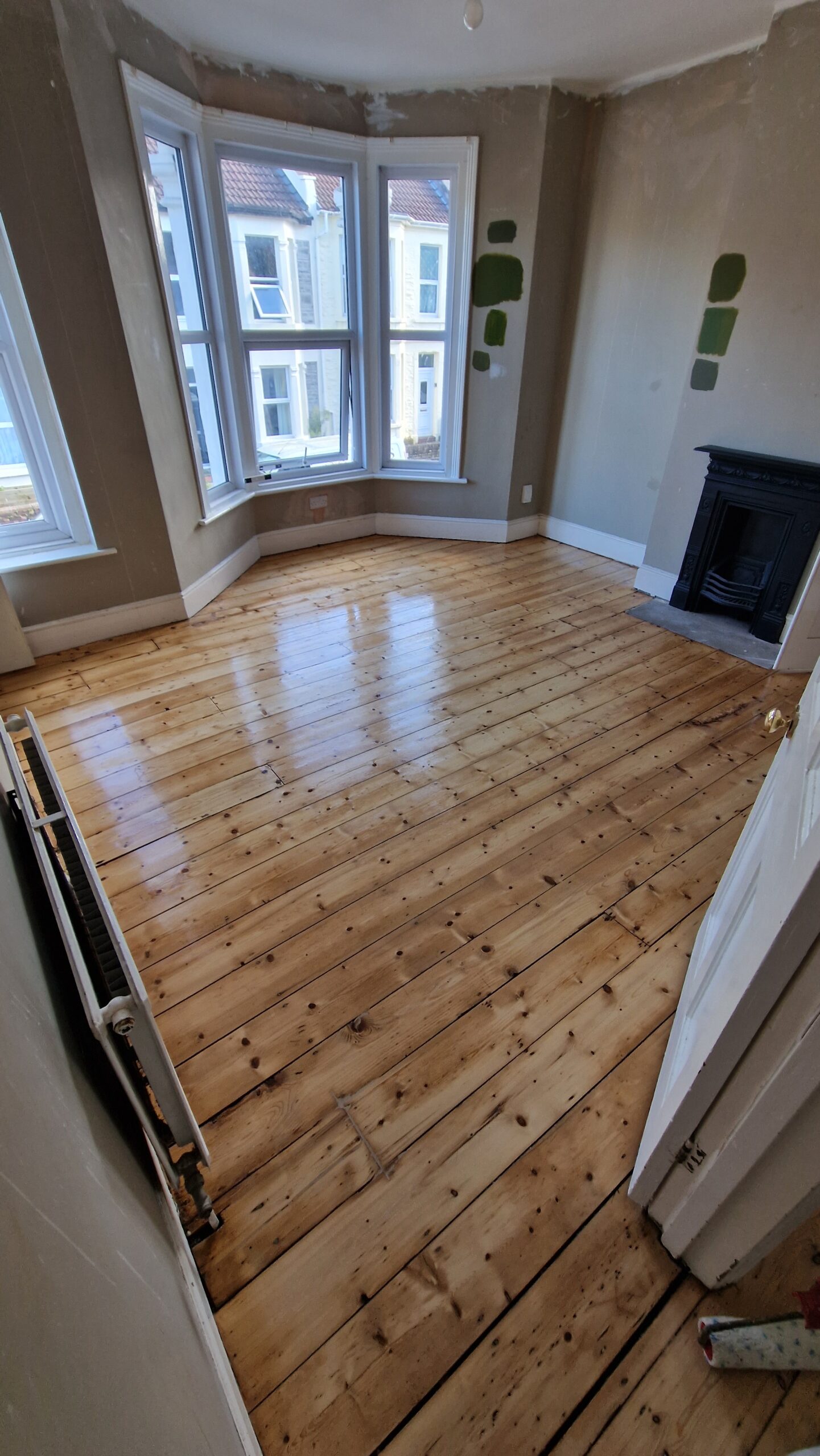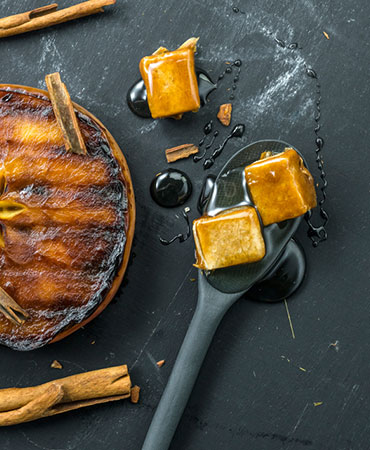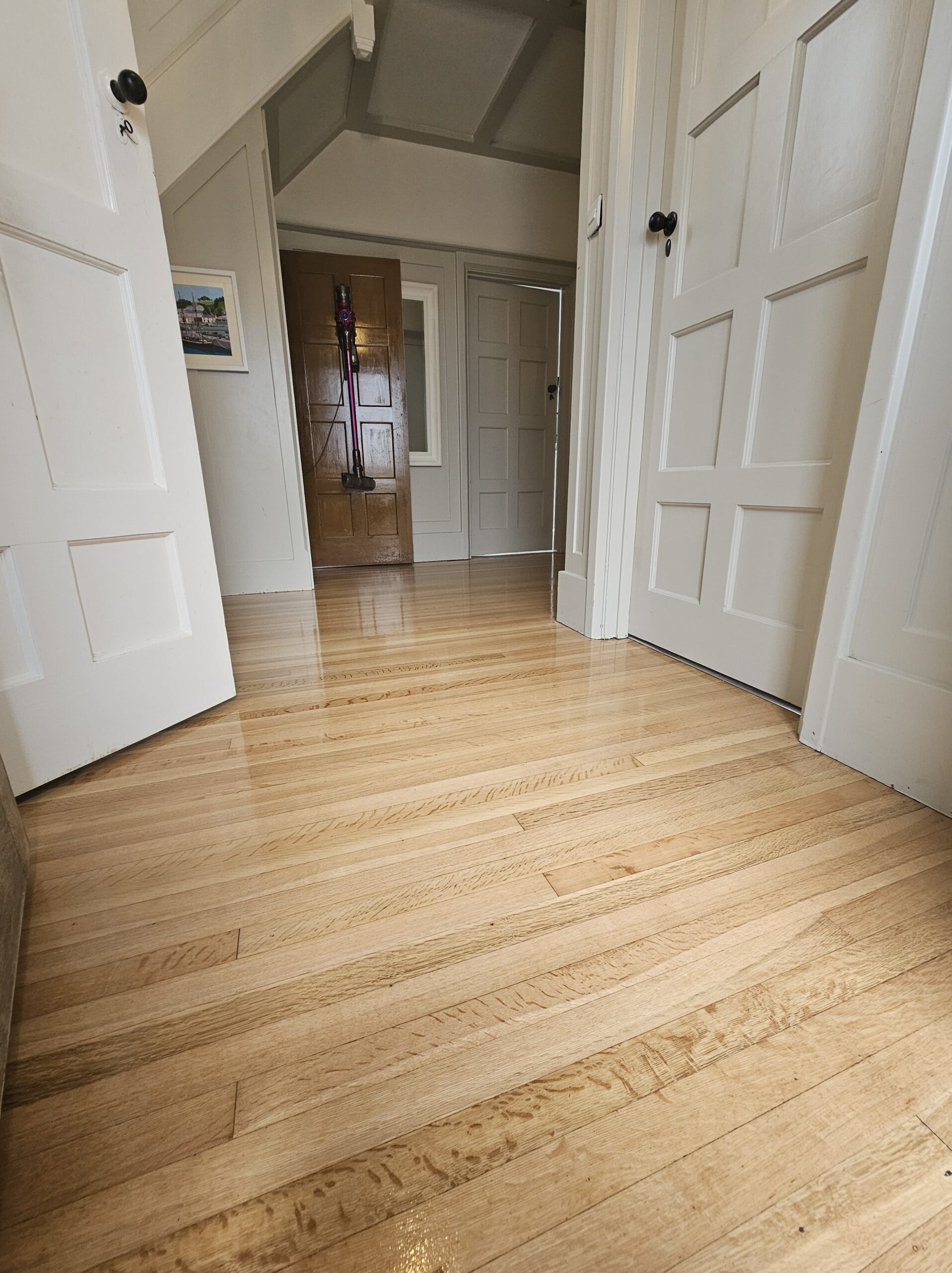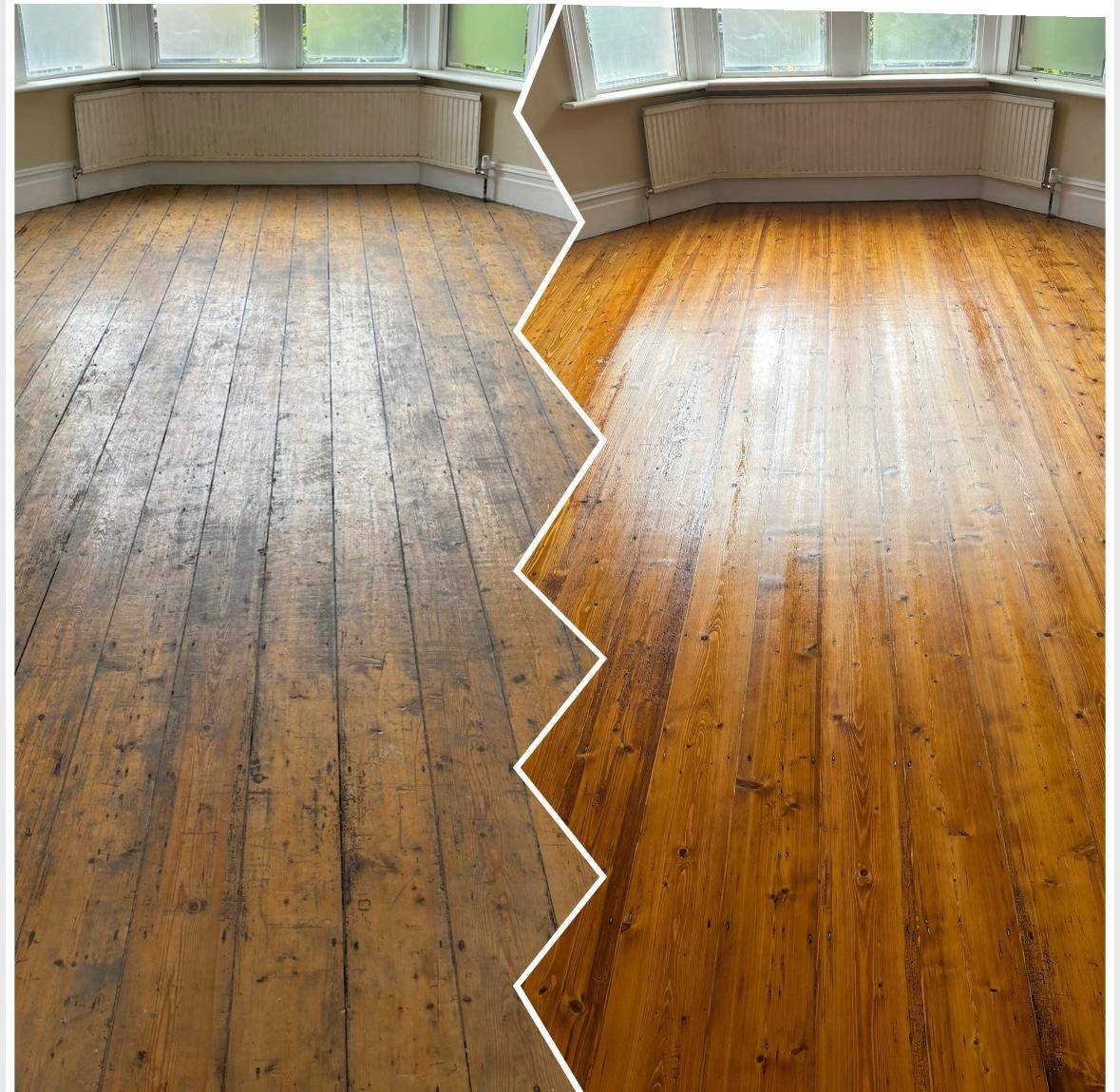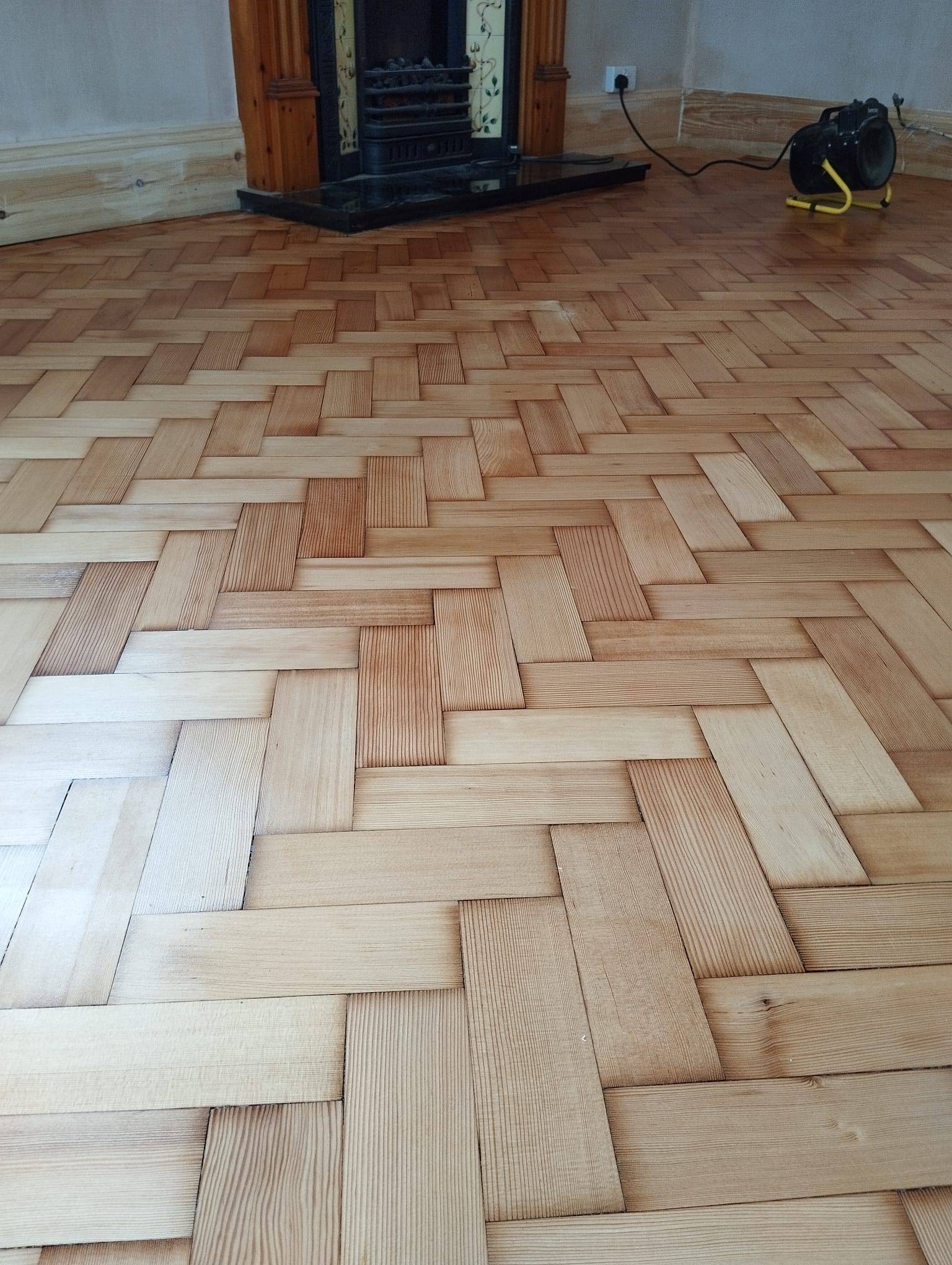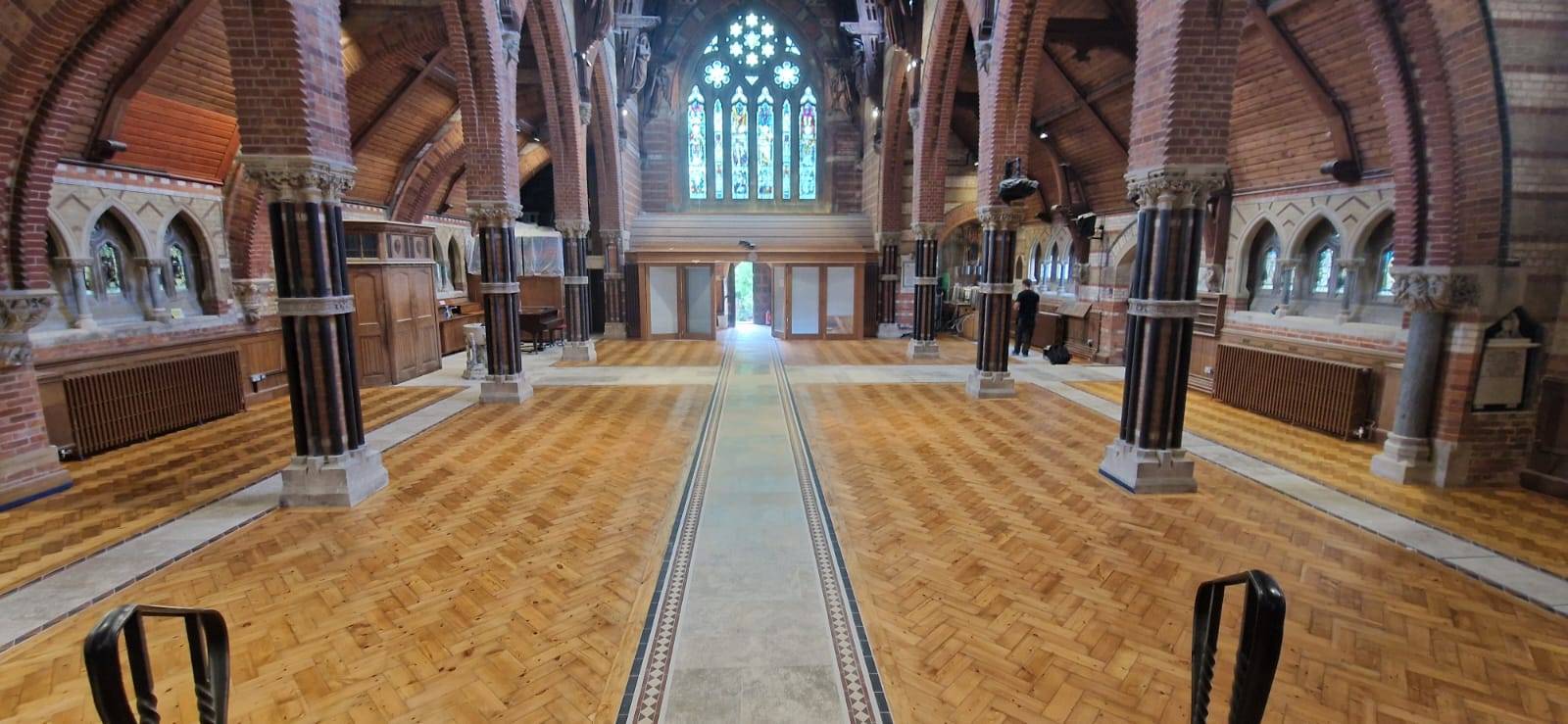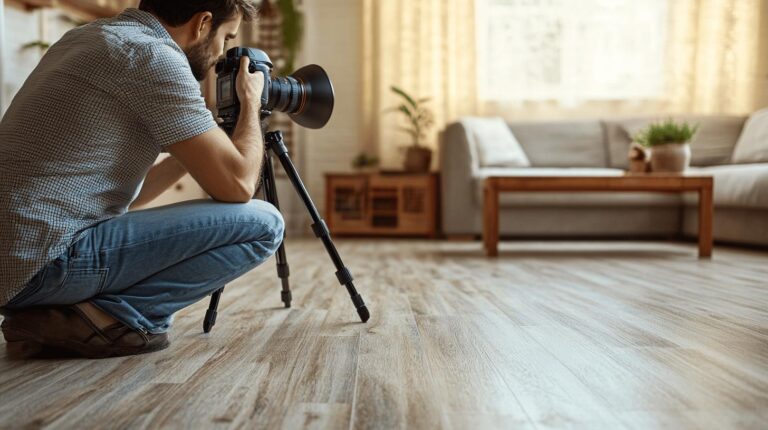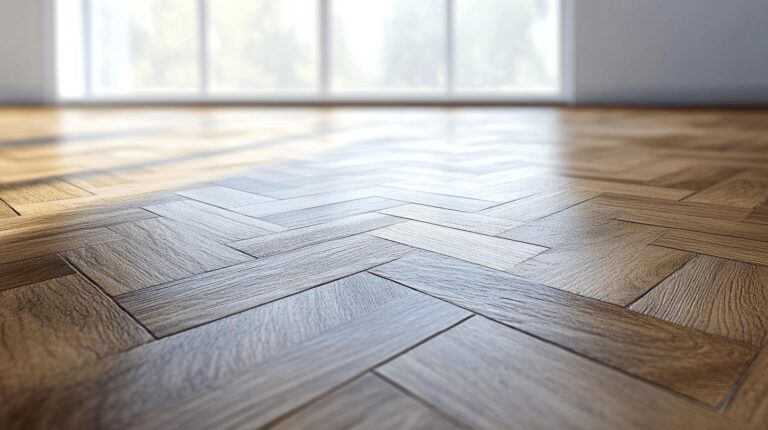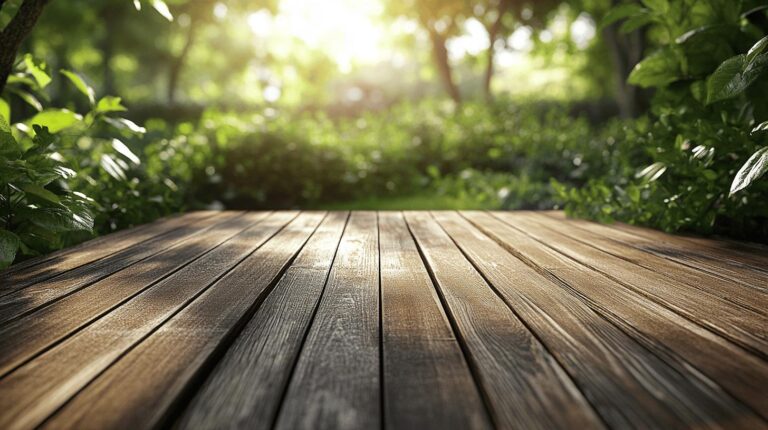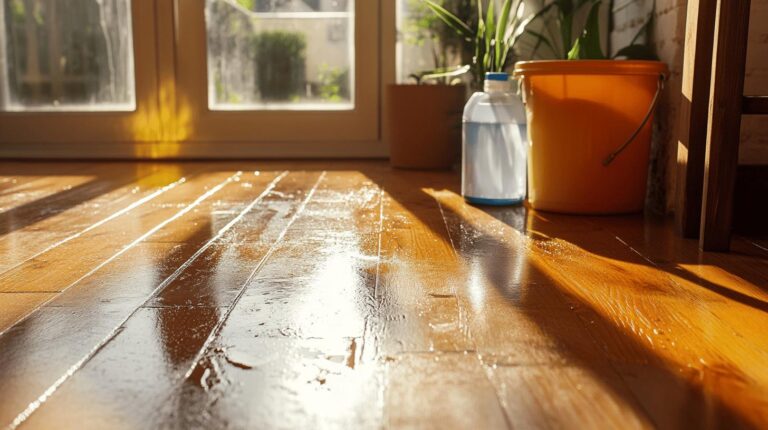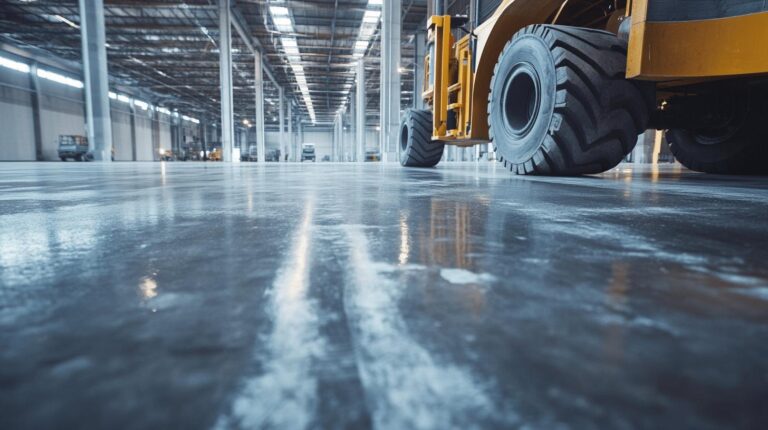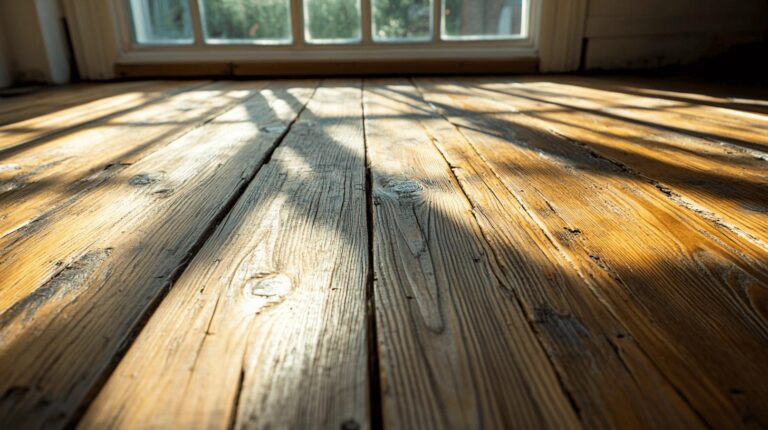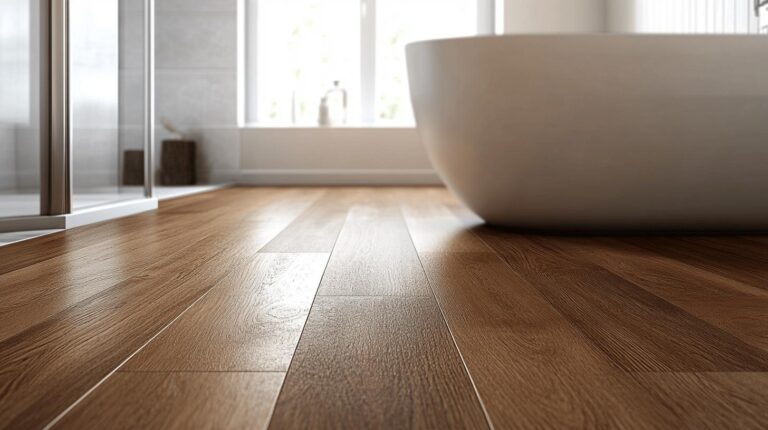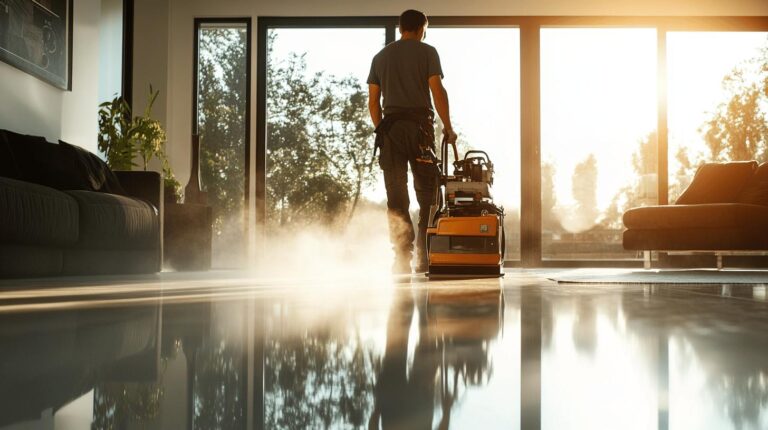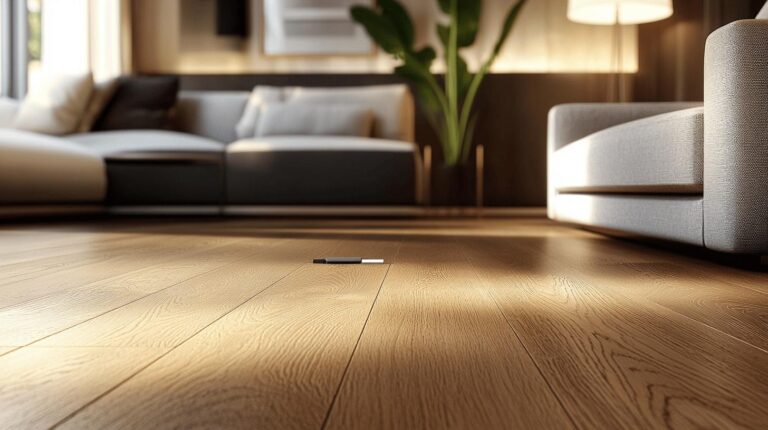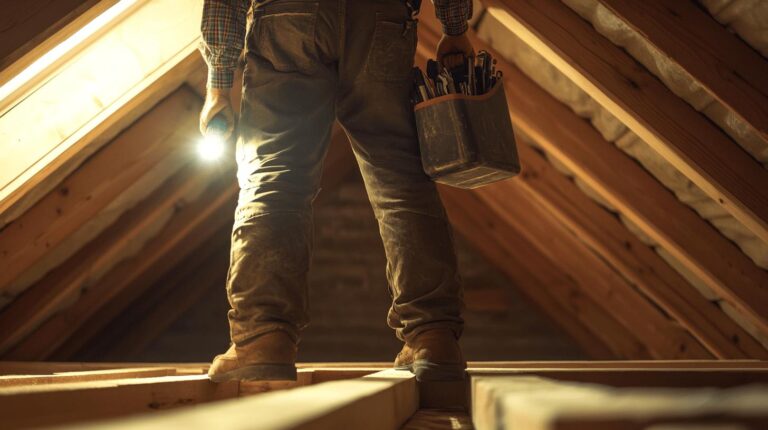Are you ready to transform your yoga studio into a sanctuary of both comfort and style? The right flooring plays a pivotal role in achieving this balance. From eco-friendly materials to aesthetic designs, the variety of options available can be overwhelming. In “Yoga Studio Floors: Enhance Comfort and Style,” we delve into the most effective flooring materials and design strategies for yoga studios. By focusing on durability, aesthetics, and sustainability, you’ll learn how to create the perfect environment for a serene and supportive yoga practice. Explore the essential elements for yoga studio floors that harmoniously blend functionality with visual appeal.
Choosing the Right Materials for Yoga Studio Floors
Selecting the right flooring materials is crucial for a yoga studio, as they must balance comfort, durability, and aesthetic appeal. Cork, bamboo, and engineered wood are three of the best flooring options for yoga studios, each offering unique advantages.
Cork flooring is highly regarded for its softness and resilience, making it an excellent choice for yoga studios where comfort is paramount. Its natural cushioning properties provide a gentle surface for poses and movements, reducing strain on joints. Additionally, cork is a sustainable material, as it is harvested from the renewable bark of cork oak trees, making it an eco-friendly option.
Bamboo is another popular choice, known for its warmth and durability. As a rapidly renewable resource, bamboo offers an environmentally sustainable solution. Its strength and stability make it suitable for high-traffic areas, and it requires minimal maintenance. Bamboo’s natural aesthetic also adds a touch of elegance to any yoga space, enhancing the overall experience.
Engineered wood combines the best of both worlds by offering the beauty of natural wood with increased durability. It is crafted from multiple layers of wood, which provides stability and resistance to temperature and humidity changes. This makes engineered wood ideal for yoga studios, as it can withstand the wear and tear of daily use while maintaining its visual appeal.
Here are five advantages of using natural materials in yoga studios:
- Eco-friendliness: Utilising renewable resources reduces the environmental impact.
- Aesthetic appeal: Natural materials offer a warm, organic look that enhances studio design.
- Comfort: Materials like cork provide a cushioned surface, improving comfort during practice.
- Durability: Quality natural materials ensure long-lasting performance.
- Air quality: Natural materials often have low emissions, contributing to better indoor air quality.
Incorporating these flooring materials into a yoga studio not only enhances its aesthetic charm but also supports a balanced practice environment. The comfort provided by cork, the durability of bamboo, and the elegance of engineered wood contribute to a serene and welcoming space. These choices foster an atmosphere conducive to relaxation, mindfulness, and focus, essential elements for an effective yoga practice.
Balancing Aesthetic Appeal with Functionality in Yoga Studio Floors
Combining aesthetic flooring design with functionality is crucial for crafting a yoga studio that fosters both style and comfort. Japandi design principles, which merge minimalist Japanese aesthetics with Scandinavian elegance, offer a perfect blueprint for yoga studio interior design. This approach emphasises simplicity, clean lines, and natural materials, creating a tranquil and serene atmosphere ideal for yoga practice.
Incorporating Japandi design into flooring choices involves selecting materials that not only look beautiful but also serve practical purposes. For example, bamboo and cork are excellent options due to their natural appeal and functionality. Bamboo’s sleek appearance and durability make it a popular choice, while cork’s soft texture provides comfort and warmth, essential for a calming yoga space. These materials embody the clean lines and organic essence characteristic of Japandi design, enhancing the overall yoga space design aesthetics.
Lighting and artwork play a pivotal role in further amplifying the aesthetic appeal of yoga studio floors. Soft lightings, such as dimmable LED fixtures or lanterns, can create a soothing ambience, complementing the minimalist flooring design. Artistic elements, like calming murals or nature-inspired artwork, can harmonise with the floor’s natural materials, adding layers of visual interest without overwhelming the space. These artistic touches help transform the studio into an aesthetically pleasing sanctuary, where the flooring serves as a foundational element that supports the entire design scheme.
By thoughtfully integrating Japandi principles with functional flooring options, yoga studios can achieve a balanced environment that promotes relaxation and mindfulness while maintaining a stylish and inviting space.
Eco-Friendly and Safe Flooring Solutions for Yoga Studios
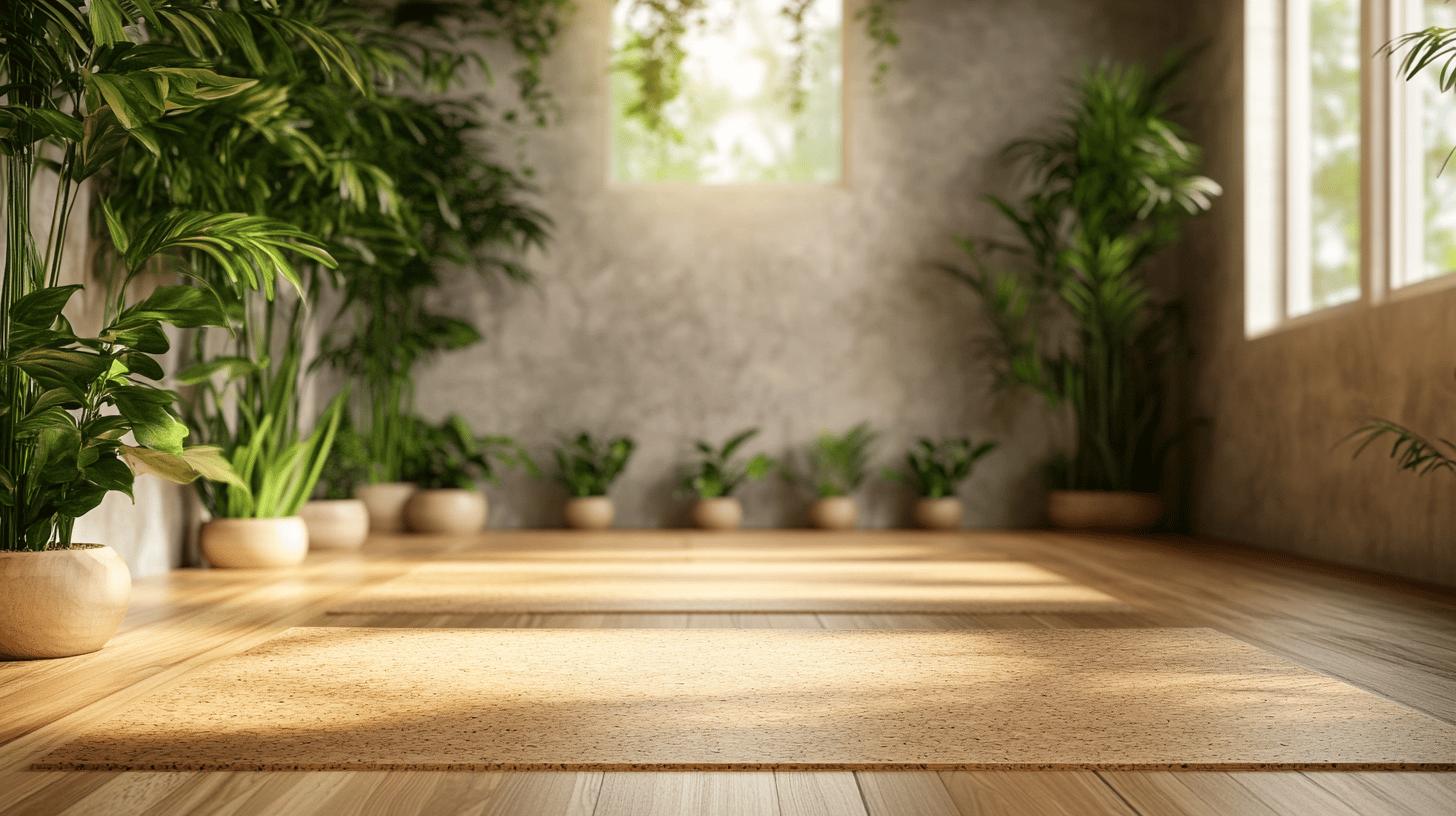
Eco-friendly yoga floors are becoming increasingly important as sustainability takes centre stage in design practices. Bamboo and cork are prime examples of sustainable flooring materials due to their rapid renewability. Bamboo grows quickly and can be harvested without causing long-term harm to its root system, while cork is harvested from the bark of cork oak trees without damaging the tree itself. These materials not only provide aesthetic and functional benefits but also contribute to sustainable flooring practices.
Safety is paramount in yoga studios to prevent injuries and ensure a secure practice environment. Non-slip surfaces are critical, especially in spaces where stability is essential for poses and movements. Additionally, flooring materials must address cushioning to reduce impact, particularly on joints, enhancing overall comfort during practice.
Below are four safety features to consider when selecting flooring materials for yoga studios:
- Non-slip surfaces: Essential for preventing slips and falls during practice.
- Shock absorbency: Cushioned materials reduce impact and strain on joints.
- Durability: Long-lasting surfaces withstand frequent use and maintain safety features.
- Fire resistance: Ensures safety by reducing the risk of fire hazards.
The use of eco-friendly adhesives and low-VOC (volatile organic compounds) products is vital for maintaining a healthy indoor environment. These products reduce the emission of harmful chemicals, contributing to better air quality within the studio. Low-VOC adhesives minimise health risks associated with prolonged exposure to toxic substances, making them a preferred choice for eco-conscious installations.
Selecting flooring materials that align with both eco-friendly standards and safety requirements ensures a yoga studio that is not only sustainable but also a secure and comfortable space for practitioners.
Maintenance and Longevity of Yoga Studio Floors
Regular maintenance is essential to preserve the beauty and functionality of yoga studio floors. To ensure the longevity of these surfaces, a consistent cleaning routine is crucial. Here are five steps to maintain and extend the lifespan of yoga studio floors:
- Daily Sweeping: Remove dust and debris to prevent scratches and maintain a clean surface.
- Damp Mopping: Use a damp mop with a mild cleaning solution to remove dirt and stains without damaging the floor.
- Quick Spill Cleanup: Address spills immediately to prevent stains and moisture damage.
- Protective Mats: Place mats at entryways to capture dirt and moisture before they reach the floor.
- Regular Inspection: Check for signs of wear and tear to address issues promptly, preventing further damage.
Durable materials, such as engineered wood and cork, are ideal for yoga studio floors due to their resilience and ease of maintenance. Engineered wood, with its layered construction, offers stability and withstands daily use, making it less prone to warping and damage. Cork, known for its natural cushioning, provides a comfortable surface while being resilient to wear, reducing the need for frequent replacement.
Easy-to-clean surfaces are essential for maintaining hygiene and aesthetics. Both engineered wood and cork have finishes that resist dirt and stains, simplifying cleaning tasks. This ease of maintenance not only preserves the floor’s appearance but also ensures a healthy, welcoming environment for practitioners.
By following a structured maintenance routine and choosing durable, easy-to-clean materials, yoga studios can enjoy beautiful and long-lasting flooring that supports a serene practice environment.
Professional Installation Tips and Trends for Yoga Studio Floors
For optimal results in yoga studio flooring, working with professional installers is highly recommended. What are the benefits of hiring professionals like Ryan’s Restoration? Precision in layout and the use of energy-efficient options are key advantages. Professionals ensure that flooring is installed correctly, maximising both durability and visual appeal while adhering to eco-friendly practices.
Current design trends in yoga studio floors focus on enhancing both comfort and functionality. One emerging trend is the integration of underfloor heating systems. Why is underfloor heating popular? It provides even warmth throughout the studio, enhancing comfort during practice, especially in cooler climates. This trend aligns with the focus on creating a welcoming and comfortable environment for practitioners.
Another trend is the use of multi-purpose flooring. How does multi-purpose flooring benefit a yoga studio? Such flooring can accommodate various activities besides yoga, such as Pilates or meditation, without compromising on performance or aesthetics. This versatility makes it a practical choice for spaces that host diverse classes or events.
By incorporating these trends and hiring professional services, yoga studios can achieve a flooring solution that not only enhances comfort and style but also supports a diverse range of activities.
Final Words
Choosing the right materials for yoga studio floors is crucial for combining comfort with aesthetics. With the emphasis on cork, bamboo, and engineered wood, their benefits in enhancing a balanced practice environment are clear. Balancing functionality with Japandi-inspired minimalist designs results in serene spaces. Eco-friendly choices, such as bamboo or cork, promote sustainability and safety through non-slip surfaces and low-VOC adhesives.
Regular maintenance, alongside professional installation, ensures longevity and durability. Adopting these strategies will help create a yoga studio floor that is both inviting and enduring, achieving the perfect blend of comfort and aesthetics.
FAQ
Q: What are some yoga studio design ideas?
A: Yoga studio design ideas can range from Japandi aesthetics with minimalist elements to incorporating natural materials like bamboo. Consider clean lines, soft lighting, and calming artwork to enhance tranquillity.
Q: What are the design requirements for a yoga studio?
A: Yoga studio design should balance comfort with aesthetics. Essential elements include natural materials like cork or bamboo, appropriate lighting, and insulation for warmth and safety.
Q: What are some ideas for a basement yoga studio?
A: For a basement yoga studio, focus on moisture-resistant flooring, adequate insulation, and lighting to create a welcoming atmosphere. Use bright colours and mirrors to maximise light and space.
Q: How important is the floor plan in a yoga studio?
A: A yoga studio floor plan is crucial for optimising space utilisation. Ensure there is enough room for movement and incorporate storage for mats and props.
Q: What are the key architectural design features of a yoga studio?
A: Architecture should embody simplicity and natural materials. Large windows for lighting, eco-friendly features, and strategic placement of heating systems enhance both practice and sustainability.
Q: Why do yoga studios fail?
A: Yoga studios often fail due to inadequate planning, poor location choice, unsuitable design, or not addressing client preferences. Prioritising functionality and aesthetics can improve success rates.
Q: How should a yoga room be set up?
A: Setting up a yoga room involves choosing a serene colour palette, using natural materials like wicker, incorporating soft lighting, and ensuring adequate ventilation and space for practice.
